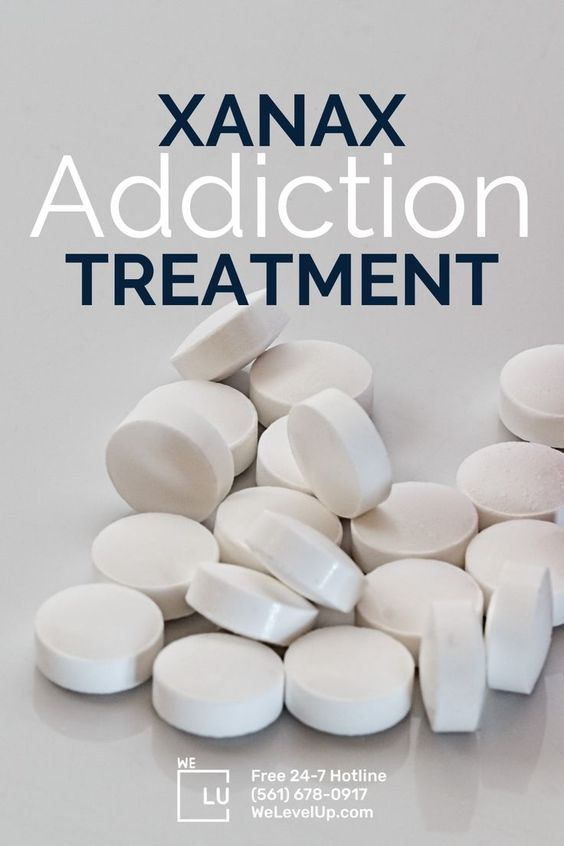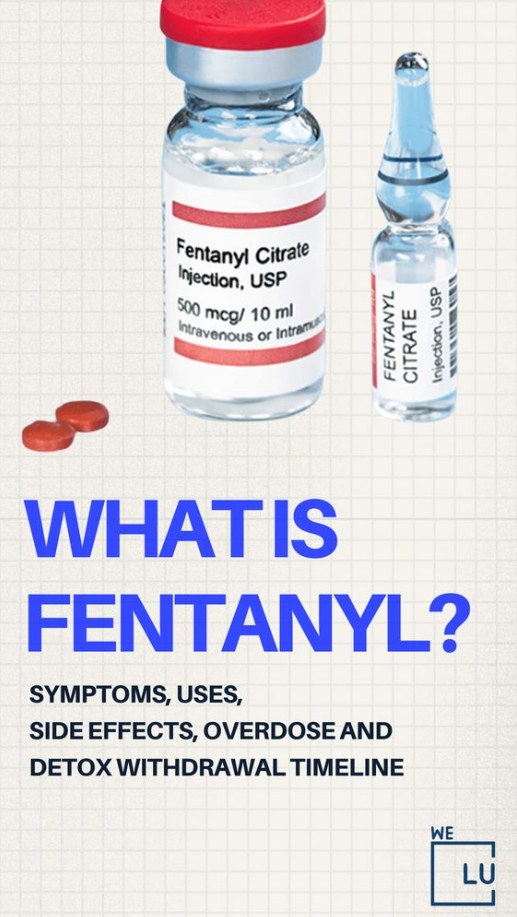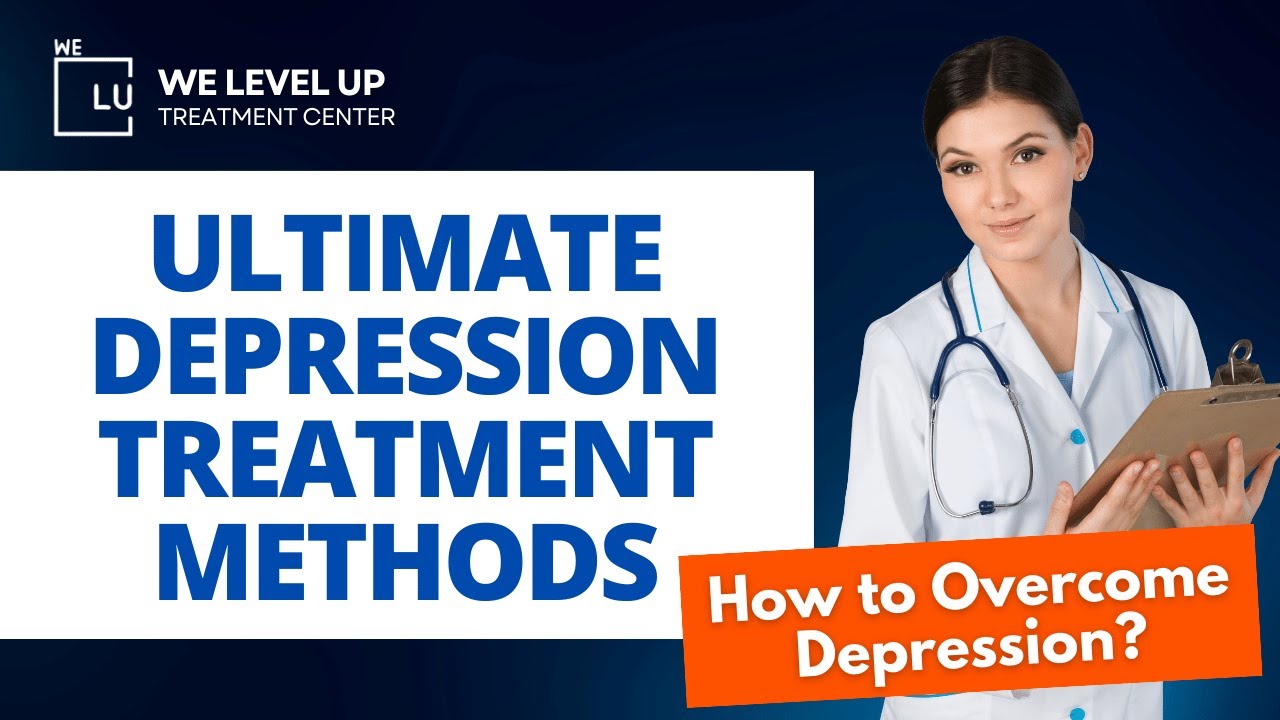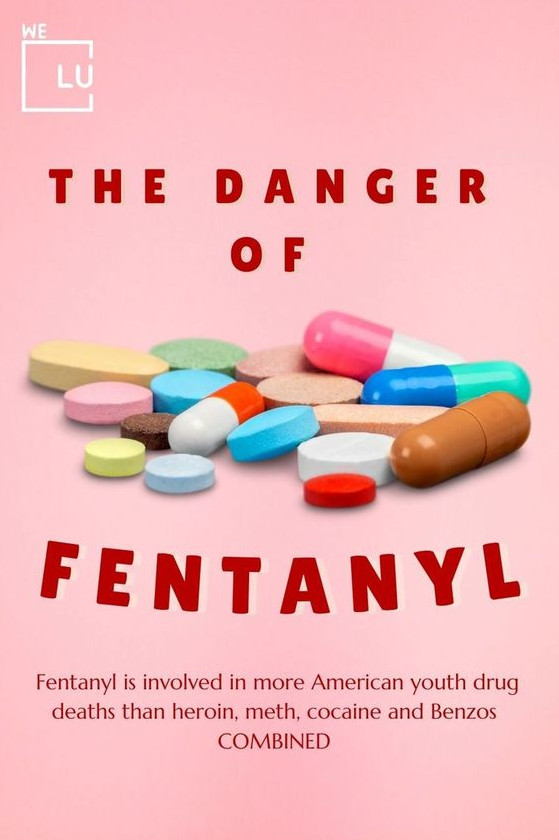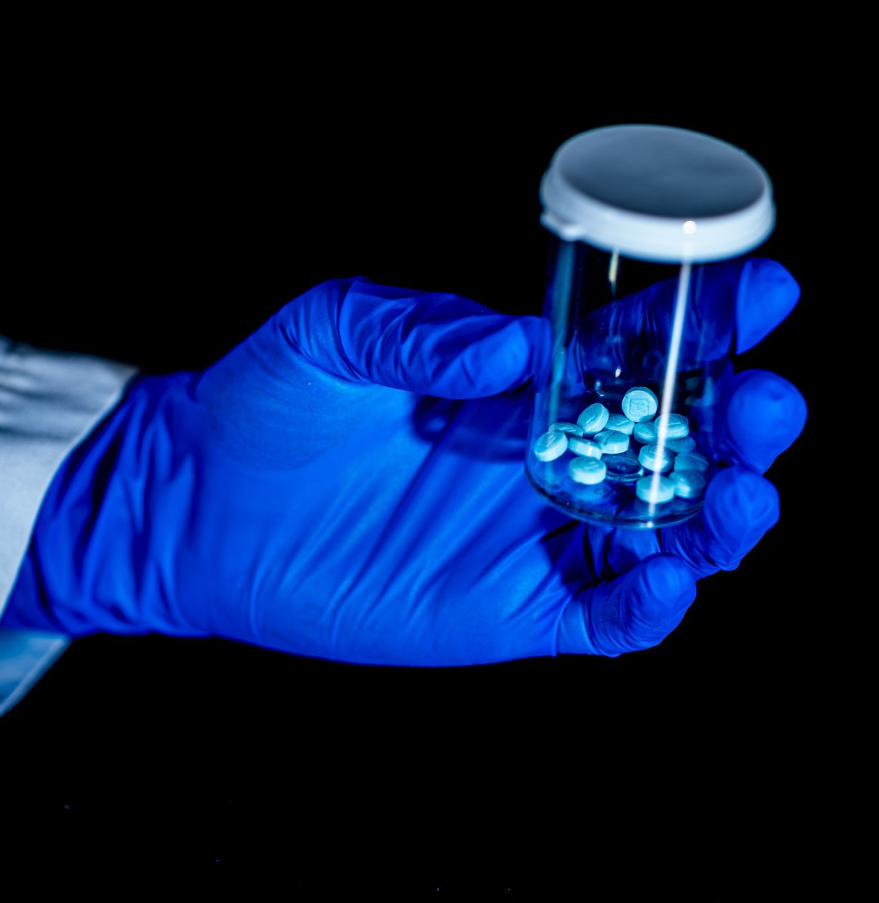What is Methamphetamine?
Meth or Methamphetamine, also known as crystal meth, is a powerful and highly addictive stimulant that may affect your central nervous system. Meth addiction has devastating effects. It can cause lung disorders, kidney damage, hyperthermia, stroke, and cardiac arrest. Oral or dental disease, including meth mouth, was one of the most prevalent medical comorbidities in meth users.
Faces of meth refer to declining negative health consequences and facial appearances such as induced skin issues leading to facial fat and muscle loss. Probably the most common drug that causes skin picking disorder is meth. The skin picking often leads to very noticeable open sores, often referred to as “meth sores” and are due to a combination of physical and psychological side effects related to repeated abuse of meth. Meth sores look like ulcers and open wounds.
How long does meth stay in your system and how to effectively treat meth addiction? Evidently, the most effective meth addiction treatment at this point is behavioral therapies, such as cognitive-behavioral and contingency management interventions [1]. The first step in confronting meth effects is through medically-assisted meth detox, which is the process of ridding the body of an addictive substance. Meth detox might not be easy, but the benefits of overcoming meth addiction far outweigh the negative side effects of detox.
Meth has been classified by the U.S. Drug Enforcement Administration (DEA) as a Schedule II controlled substance, which makes it legally available only through prescription. Meth takes the form of a white, odorless, bitter-tasting crystalline powder that easily dissolves in water or alcohol. Meth can also be smoked, snorted, injected, or orally ingested. People who use meth sometimes combine it with other drugs, such as alcohol or fentanyl (a “speedball”), which can be particularly dangerous and raise the risk of a drug overdose.
Meth effects can cause addiction in as little as one use in some users, people typically use meth and alcohol combination, which in fact, increase the side effects. This is mainly due to the rush of dopamine produced by the drug. Dopamine is a chemical that’s responsible for inducing feelings of pleasure and motivation, memory retention, learning, and reward processing.

Short Term Effects of Methamphetamine
Most users try to maintain the high by taking more of the drug. In some cases, people indulge in a form of binging known as a “run,” foregoing food and sleep while continuing to take the drug for up to several days. [2]
The short-term meth effects according to the SAMHSA [3] includes the following:
- Even taking small amounts of meth can cause harmful health effects such as irritability
- Increased blood pressure and body temperature
- Faster breathing
- Rapid or irregular heartbeat
- Loss of appetite, disturbed sleep patterns, or nausea
- Erratic, aggressive, or violent behavior
What are the long term effects of methamphetamine?
Meth effects can lead to many damaging, long-term health risks, even when people stop taking meth, including these symptoms:
- Permanent damage to the heart and brain
- High blood pressure leading to heart attacks, strokes, and death
- Liver, kidney, and lung damage
- Anxiety, confusion, and insomnia
- Paranoia, hallucinations, mood disturbances, delusions, or violent behavior (psychotic symptoms can sometimes last for months or years after meth use)
- Intense itching, causing skin sores from scratching
- Premature osteoporosis
- Severe dental problems
Methamphetamine Intoxication Effects
Meth addiction is a serious worldwide public health problem with major medical, psychiatric, socioeconomic, and legal consequences. According to data from the 2017 National Survey on Drug Use and Health (NSDUH), over 14.7 million people (5.4 percent of the population) have tried methamphetamine at least once.
Meth Overdose Signs and Symptoms
If someone you know struggles with meth effects, getting familiar with the signs of an overdose could one day save a life.
Common symptoms of a meth overdose include:
- Chest pain
- Arrhythmias
- Hypertension or hypotension
- Difficult or labored breathing
- Agitation
- Hallucinations
- Psychosis
- Seizures
- Rapid or slow heartbeat
- Hyperthermia
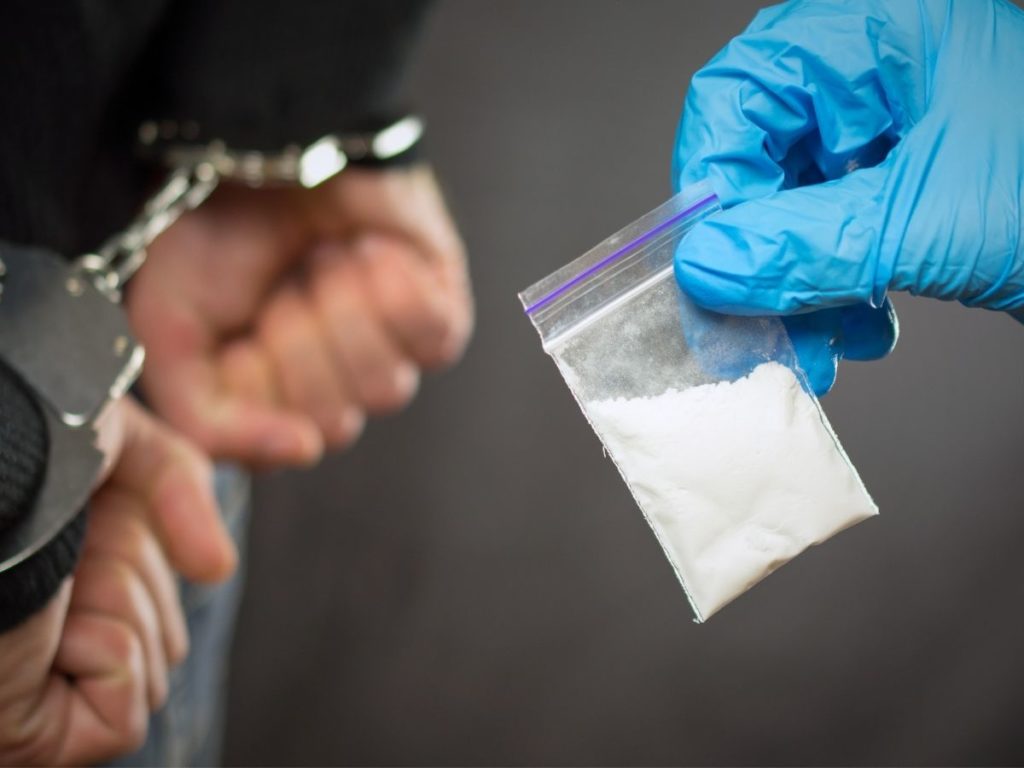
If someone undergoes a meth overdose, their odds of recovery depend on how much of the drug they took and how quickly they receive treatment. Coming back from a meth overdose is possible, but it is paramount that the person who overdosed receives professional medical attention immediately. Since a meth overdose is a clear sign of an abuse issue, professional addiction treatment should follow once the person is stabilized.
Effects of Meth Withdrawal
Research has shown that meth withdrawal follows a predictable pattern. Firstly, symptoms appear within 24 hours after the last dose. In fact, these symptoms peak after 7 to 10 days of abstinence. And then, they disappear within 14 to 20 days of abstinence. [3]

Further meth withdrawal symptoms include the following:
- Constipation
- Diarrhea
- Headaches
- Red, itchy eyes
- Joint pain
- Clammy skin
- Hyperventilation
- Irregular heartbeat
- Shaking
While going through meth withdrawal during detox, people often become angry, nervous, or anxious. Some may experience severe mental health problems such as depression or meth psychosis. [4] You may also feel intense cravings for the drug often because of the discomfort you feel without the effects of the drug.
Given that, you should undergo detox in a supervised treatment center to help you ease with these withdrawal symptoms. Detoxification is a process aimed at helping you stop taking meth as safely and as quickly as possible.
Methamphetamine Treatment
Clearing meth from the body and overcoming withdrawal symptoms is the goal of detox, which is the first step of treatment for meth addiction. Here at We Level Up TX, a comprehensive team prescribing medications can alleviate your withdrawal pains while monitoring your health 24 hours during the detox. We prioritize your safety and comfort because this is a fragile and challenging time for you.
Once detox is complete, a new doorway in treatment opens up, which is referred to as a residential level of care. Our residential care program slowly and effectively introduces the individual into an atmosphere of therapeutic growth, marked by master’s level therapists, clinicians, group counselors, psychiatrists, and a community of like-minded individuals with the same aim: to attain sobriety and live a great life.
Some of the many modalities applied and practiced within our residential treatment facility are:
- Cognitive Behavioral Therapy
- 12-Step Groups
- Group Therapy
- Alumni Support Program
- Stabilization
- Holistic Therapy
Our treatment tailors the program to the individual and the individual to the program of recovery. We begin by assessing our client’s history of mental health, drugs, and alcohol-related past. The needs of each patient are specific and personalized because we aim to provide comprehensive support for mental health, addiction, and dual diagnosis treatment. Our supportive environment is designed accordingly to give patients 24-hour care for sobriety. Most importantly, we hope to have our patients live comfortably within the facility during this crucial and fragile time.
We prioritize removing temptations for relapse and applying an air of recovery into every component of the treatment timeline, including meth addiction treatment.
Meth Effects and Co-Occurring Disorders
The primary meth effects are immediate and exaggerated rush of dopamine to the brain, which turns on feelings of pleasure; it’s the effect that keeps users coming back for more. Meth effects also stimulate the body, speeding up the heart rate and breath, raising body temperature, and giving the person a boost of energy. Too much of this kind of stimulation at once can have dangerous, even deadly, consequences. Over time, continued use of the drug wears down the heart and the body, and it confuses the brain.
Even that pleasurable dopamine high has its flipside because, with repeated use, the brain loses a grip on its natural and balanced release of dopamine to help integrate a person with their everyday life and experiences. The chemical and mental imbalances caused by prolonged meth use can create a volatile combination of aggression, paranoia, anxiety, irritation, and loss of impulse control. It has been estimated that as much as 40% of methamphetamine users are also affected by psychotic disorders or symptoms, such as delusions and hallucinations involving any or all of the senses. [5] A substance-induced psychotic disorder can itself be a short- or long-term experience, and the best prognosis depends on dual diagnosis treatment for both the addiction and the psychotic conditions.
Make this your opportunity to reclaim your life from the meth effects. Call today to speak with one of our treatment specialists. Your call is private and confidential, and there is never any obligation.
Sources:
[1] Methamphetamine – National Institute on Drug Abuse
[2] Meth – Substance Abuse and Mental Health Service Administration (SAMHSA)
[3] Methamphetamine Misused – National Institute on Drug Abuse
[4] https://www.samhsa.gov/meth – Substance Abuse and Mental Health Service Administration
[5] Methamphetamine Psychosis: Epidemiology and Management – National Center for Biotechnology Information, U.S. National Library of Medicine
